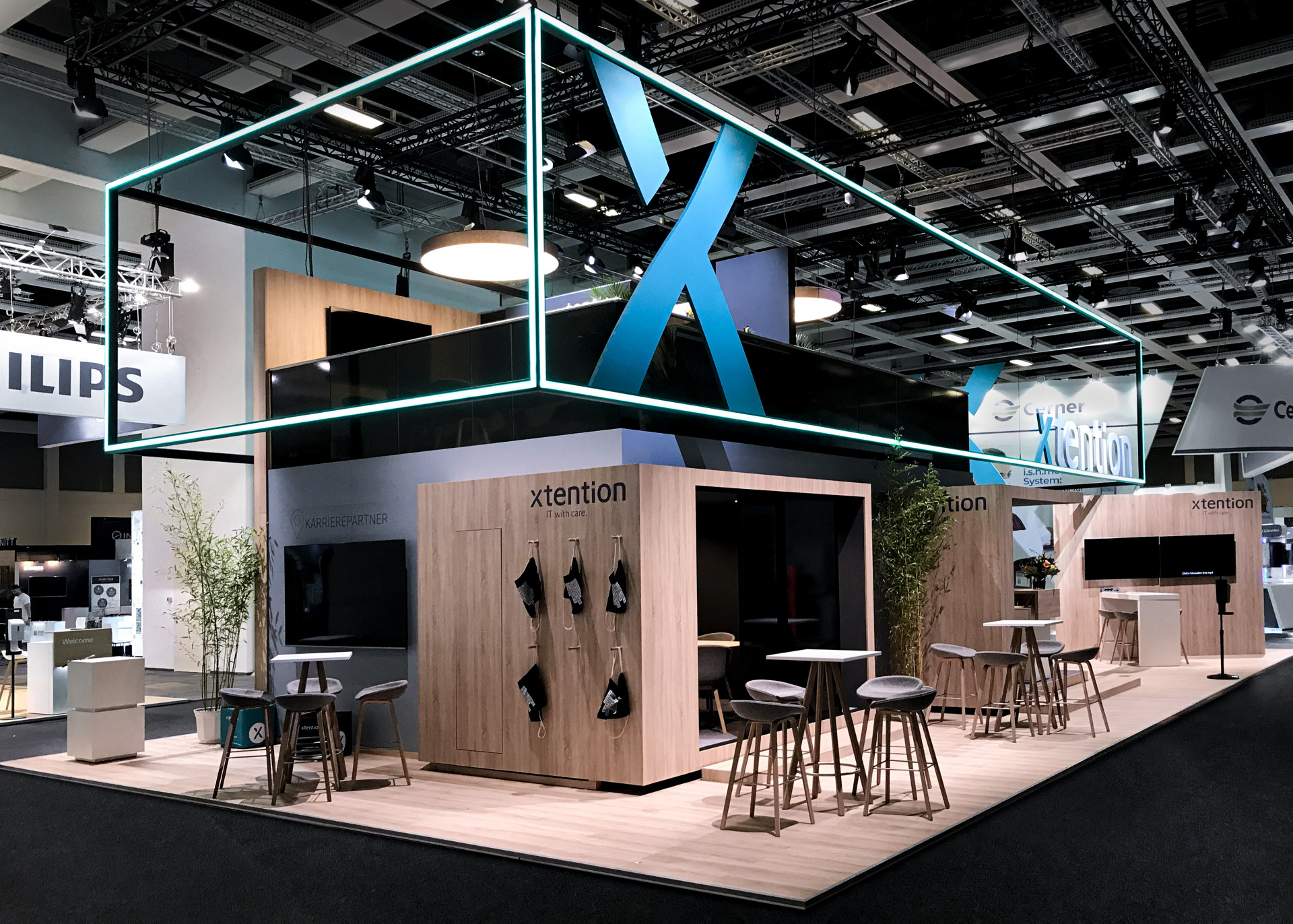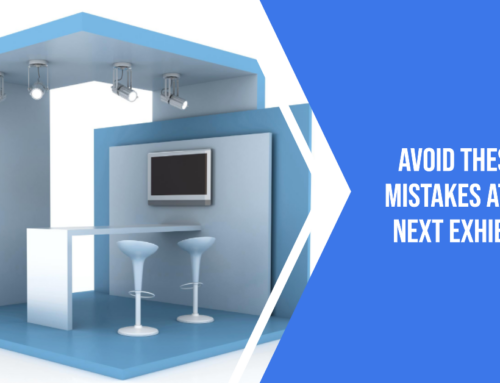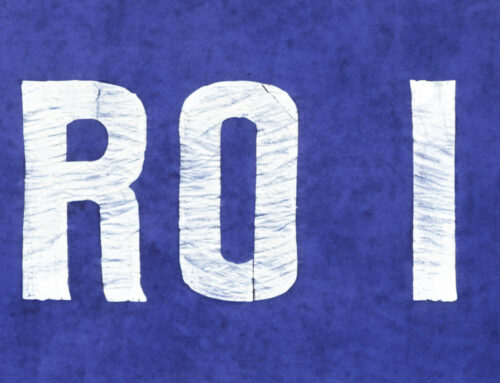When participating in exhibitions, businesses have the option to choose between using standard or custom exhibition stands. While standard stands are pre-designed and readily available, custom exhibition stands are specifically tailored to meet the unique requirements and branding of the exhibitor. Let’s explore the pros and cons of opting for custom exhibition stands to help you make an informed decision:
Pros:
- Distinctive Brand Representation: Custom stands allow you to create a unique and memorable representation of your brand. You can incorporate your brand colors, logo, and design elements to ensure that your stand stands out from the competition. This distinctiveness can leave a lasting impression on visitors.
- Tailored to Objectives: Custom stands can be designed with your exhibition objectives in mind. Whether you want to showcase specific products, demonstrate services, or create an interactive experience, a custom design can cater to these needs more effectively than standard stands.
- Flexibility and Creativity: With a custom stand, you have the freedom to unleash your creativity. You can experiment with various layouts, lighting, and multimedia elements to create an immersive and engaging space that aligns perfectly with your brand identity.
- Better Use of Space: Custom stands can be designed to optimize the available space. Whether you have a small booth or a large area, a custom design can make the most of the space, ensuring that every corner contributes to your exhibition goals.
- Long-term Investment: While custom stands may require a higher initial investment, they can be a more cost-effective solution in the long run. If you participate in multiple exhibitions, a well-designed custom stand can be reused and adapted for different events, saving you money on renting or purchasing new standard stands for each occasion.
Cons:
- Higher Cost: Custom exhibition stands generally come with a higher price tag than standard ones. The design, materials, and labor involved in creating a custom stand can add to the overall cost of participation in an exhibition.
- Time-Consuming: Designing and building a custom stand takes time. From conceptualization to fabrication, the process can be more time-consuming compared to simply renting or purchasing a standard stand. Adequate planning and early preparations are essential.
- Logistical Challenges: Custom stands require careful logistics and coordination. Transporting, setting up, and dismantling a custom stand can be more complex and may require additional resources and planning.
- Limited Reusability: While a well-designed custom stand can be reused for multiple events, it might not be suitable for every exhibition. If your exhibition requirements vary significantly from one event to another, a custom stand’s adaptability may be limited.
- Design Risks: The success of a custom stand relies heavily on the design and execution. If the design does not resonate with the target audience or fails to create the intended impact, it could negatively affect your exhibition experience.
In conclusion, custom exhibition stands offer numerous benefits, including brand representation, flexibility, and tailored experiences. However, they also come with higher costs, time investment, and logistical considerations. When deciding between custom and standard stands, consider your budget, exhibition objectives, and long-term exhibition plans to determine which option aligns best with your needs and goals.







